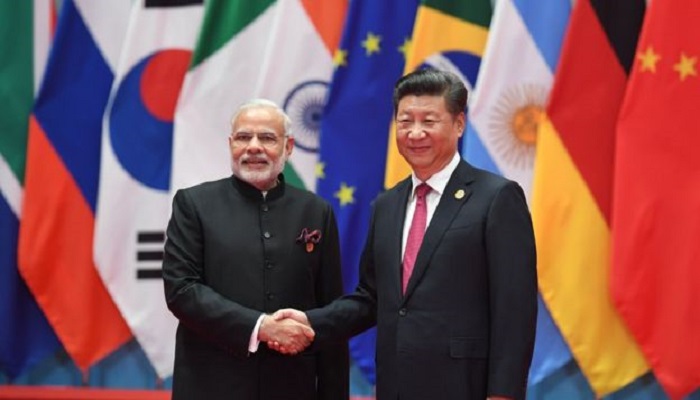
The Dokhlam standoff between India and China that has been there for more than two months after Chinese troop tried to acquire the Dokhlam plateau, by constructing roads in it.
Though the plateau is at the trijunction of India-China-Bhutan, it was an argument of a claim between Bhutan and China.
Doklam was at the center of negotiations that were held between China and Bhutan to resolve their border disputes.
The plateau which is 500km long is claimed by the tiny kingdom of Bhutan, a close Indian ally, but Beijing says it belongs to China based on a 1890 Chinese-British treaty.
India stood by its ally Bhutan according to a treaty with the Himalayan kingdom obliged India to look after the latter’s security.
When China’s state councilor Yang Jiechi and India’snational security adviser Ajith Doval met at Beijing, Jiechi ashed bluntly to Doval. “Is it your territory?” , which was the first diplomatic stab at resolving the confrontation over the strategically crucial patch.
The sharp poser reflected the Chinese intransigence over changing the status quo at the tri-junction of Bhutan, India, and China by building a road through what India considers to be Bhutanese territory.
The toughness failed to faze Doval, who, according to sources here, is learned to have responded that the point of contention was not China’s territory either
as it had been claimed by Bhutan. “Does every disputed territory become China’s by default?” sources quoted the NSA as having replied.
Doval asserted that the territory was part of Bhutan, and a treaty with the Himalayan kingdom obliged India to look after the latter’s security.
The NSA also stressed that Doklam was on the table during the several rounds of negotiations China has held with Bhutan to solve their border disputes while reminding his interlocutor of Beijing’s offer to hand over to the kingdom 500 sq km in the north in exchange for Doklam.
He is learned to have argued that China’s claim over Doklam was not settled, and both sides should simultaneously pull back their troops to restore status quo.
The sharp exchange was followed by several rounds of negotiations between the two sides in Beijing in which foreign secretary S Jaishankar, along with India’s ambassador to China Vijay Gokhale, tried to hammer out a solution.
The talks had been okayed by Prime Minister Narendra Modi and Chinese President Xi Jinping when they met in Hamburg on the sidelines of the G20 meeting on July 7. The meeting saw Modi telling Xi that the dispute should not be allowed to escalate and suggesting that negotiations be held at the NSA level.
Modi asked his team to explore ways for early resolution of the confrontation, the worst in many decades, saying differences should not be allowed to turn into conflicts as the two countries had a lot to gain from cooperation. At the same time, he sketched his bottom line very clearly. “India will not allow the status quo to be changed by force under any circumstance.
The brief saw the government refusing to be baited by the endless barrage of provocative statements and actions from China, including “conspicuous” movement of missiles and tanks, and scuffles at other border points.
The posture of restraint saw the Army being instructed to ignore provocations. “Even a single shot fired by an edgy soldier could have sparked a wider conflagration in such tense times,” said a senior officer as he expressed admiration for the Army leadership for enforcing compliance.
But the Army did not lower its vigil even for a moment as it reinforced men and material at the confrontation site, and moved backup forces close. “We knew that the rhetoric and the movement of missiles etc were mind games intended to get us to blink. But at the same time, we were prepared for any eventuality which might have been forced on us,” said a source who added that China, used to having its way in territorial disputes with countries like the Philippines had not bargained for India’s doggedness and finally came around to realise that negotiations were the only way out.

Post Your Comments